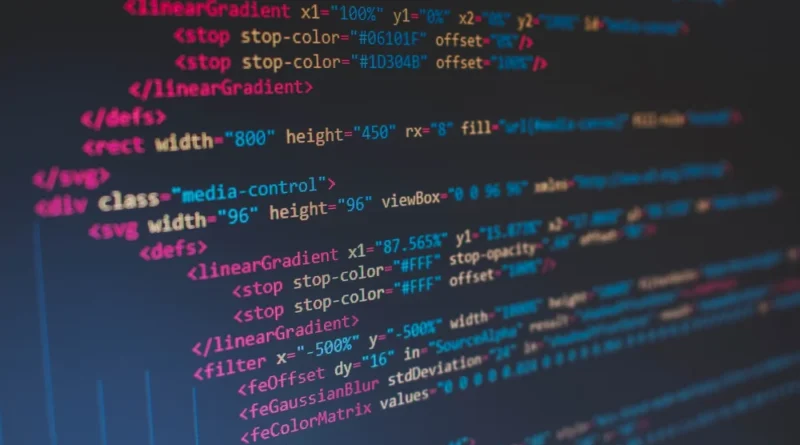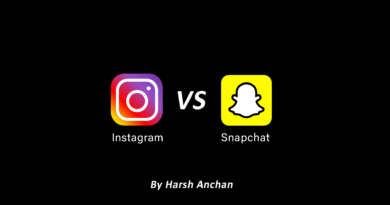5 Reasons Why Go Language Is Popular
The Go Language (also Golang) is one of the most prominent coding languages in the modern world. It was developed in 2007 by Google’s Robert Griesemer, Rob Pike and Ken Thompson. Although it was launched in 2007, it was made available for public usage in 2009. As of today, it is one of the most utilized languages in the coding world. Since its release in 2009, it has been challenged by many competing languages yet, why do programmers and users prefer it over other languages?
Features of Go Language
Below are the features of the Go language
1) Go Language is concise and easy to learn
Though Google’s management team, including UNIX developers and Google’s distinguished engineer Rob Pike, contributed to the development of Golang, it is not considered an official project of Google. Instead, Go is an open-source project whose development is led by a group of people with strong beliefs about the best uses for and future directions for the language. Go’s design goals include being a breeze to pick up and use, as well as being readable and understandable by other programmers. When compared to languages like C++, Go’s feature set is sparse.
Go is similar to Java in that it is a C-like language used to develop and manage cross-platform corporate applications of varying types. You might compare Go with Python in terms of facilitating the rapid development of code that could run everywhere, but the contrasts are much bigger than the similarities.
For programmers familiar with C, learning Go should be a breeze because of the language’s syntactic similarities. However, many aspects of Go, particularly its concurrency and functional programming aspects, are reminiscent of languages like Erlang.
2) Go is very easy to communicate
The ability to exchange data across seemingly unrelated pieces of code is made possible by the unique features offered by each programming language. Additionally, Go offers a creative solution to this issue via a notion called “channels.”
Also Read: When Did YouTube Come Out?
3) Golang is diverse
According to its official documentation, Go is “a fast, statically typed, compiled language that feels like a dynamically typed, interpreted language,”. Large Go programs can be compiled in a few seconds. In addition, Go does not need the extra baggage of including files and libraries as C does. To fulfil many common programming demands, Go has been compared to scripting languages like Python, while some of these features—such as “goroutines” enabling concurrency and threadlike behaviour—are integral to the language itself, others are available through Go standard library packages like the HTTP package. Go, like Python, has built-in garbage collection and other automated memory management features.
4) Go is widely supported
The Go toolchain is open source and can be downloaded for nothing in binary or Docker form for Linux, Mac OS X, or Windows. Since Go is already pre-installed on many Linux distributions, including Red Hat Enterprise Linux and Fedora, porting Go code to these systems is a little less of a hassle. A wide variety of third-party IDEs, including Microsoft’s Visual Studio Code and ActiveState’s Komodo IDE, provide robust support for Go.
5) Go is fast
Go binaries execute more slowly than their C equivalents, although the difference in performance is minimal for most applications. For the most part, Go’s performance is on par with C and in many cases, it is much quicker than other languages recognized for rapid growth such as Javascript, Python and Ruby.
Future of Golang
As a result, the Go language developers are making changes to the language in order to better accommodate its audience rather than leading by obstinate examples. As an example, genetics were only added to the language after extensive thought and debate.
In general, respondents to the ‘2021 Go Developers Survey’ were pleased with the language, but they noted some areas for enhancements. Dependency management which is a never-ending task in Go bug diagnosis and reliability were ranked highest by Go users, whereas memory, CPU usage, binary size and build times were substantially lower.
The primary applications of most languages tend to remain constant. Go has been around for a decade and meanwhile, it has carved itself niche in-network services, where it is quite likely to maintain and grow its market share. 49% of respondents declared that they would utilize the language to develop RPC or API services, followed by data processing are around 10%, web services add 10% and CLI (command line interface) applications with another 10%.
Wrap Up
To conclude the various aspects that we have discussed above, the Go language is a versatile and concise language with multiple functions in order to tackle various issues and is an ever-growing language for programmers.




